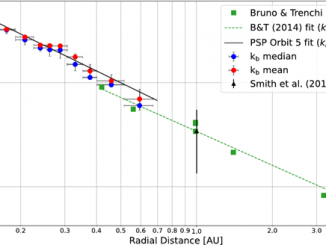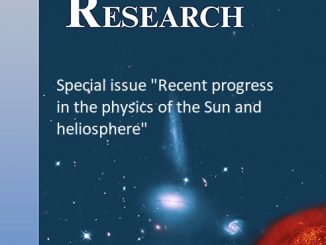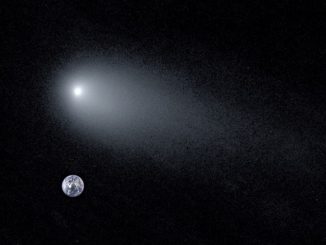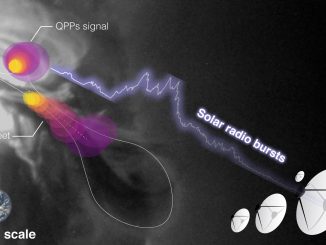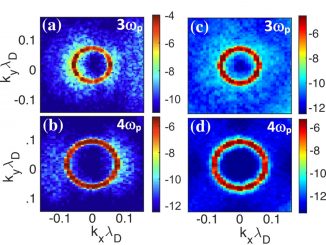The Radial Variation of the Solar Wind Turbulence Spectra near the Kinetic Break Scale from Parker Solar Probe Measurements, by Lotz et al
The Parker Solar Probe (PSP) has enabled unprecedented opportunity to study the plasma and magnetic field properties of the solar wind from near the Earth (~1 au radial distance r) to very close to the sun (r < 0.1 au). We are interested in the turbulence characteristics of the solar wind and how it evolves from close to the sun to far away. This information is crucial to the understanding […]

